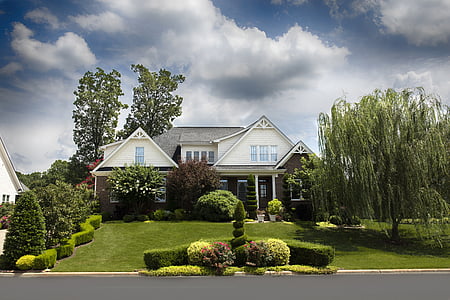Introduction:
Small home life has-been growing in appeal lately, with individuals opting for a more minimalist and lasting life style. This report is designed to delve into the idea of small home Living, its benefits, difficulties, while the effect this has on people and the environment.
Determining Tiny House Life:
Tiny House Interior home Living is the training of moving into compact and highly efficient residences that usually are priced between 100 to 400 square feet. These domiciles are ingeniously designed to accommodate most of the needed amenities while emphasizing the efficient using space.
Benefits of Small Home Living:
1. Financial Freedom: one of many advantages of Tiny home life is its cost. The inexpensive of building, lower bills, and reduced home taxes enable individuals to achieve financial freedom by having property without burden of a big mortgage.
2. Minimal ecological influence: small houses have a dramatically smaller ecological impact than their traditional alternatives. They might need fewer resources for construction, consume less energy for hvac, and frequently use lasting products and technologies. Embracing small home Living plays a part in a more sustainable future by lowering waste and energy consumption.
3. simpleness and Clutter-Free Life: residing a little room inherently promotes a simpler lifestyle with less material possessions. This allows individuals to declutter their particular life, focusing on what matters. In a global overwhelmed by consumerism, Tiny House residing offers a refreshing method to prioritize experiences and interactions over materialistic pursuits.
4. Increased Mobility and Flexibility: small domiciles are often built on rims or designed to easily be transported. This flexibility allows individuals to move more easily, adopting a life of wanderlust and adventure. Additionally, tiny homes is built-in unconventional places, such as for instance rooftops or underutilized metropolitan spaces, making the most of land use performance.
Difficulties and factors:
While small House residing gifts many advantages, moreover it comes with a unique collection of challenges and considerations. Some possible limitations include:
1. Limited area: Adapting to a substantially smaller lifestyle area could be difficult for a few individuals, specially those used to more spacious homes. Designing clever storage solutions and adopting a minimalist mindset tend to be crucial to flourishing in a little house.
2. Zoning and Legal Restrictions: Many jurisdictions have actually laws in position that limit the construction and keeping of small domiciles. Overcoming appropriate hurdles may be time consuming and may need creativity and neighborhood activism to alter existing policies.
3. Community residing: small houses are often situated within communities of similar people, meaning embracing a shared way of life and staying with neighborhood principles. This may maybe not fit every person's preferences or desired standard of privacy.

Summary:
Small House Living offers an alternative solution, lasting, and inexpensive way of life that emphasizes convenience and minimalism. It offers financial freedom, reduces ecological impact, and encourages a clutter-free life style. While challenges exist, such as minimal area and legal restrictions, some great benefits of Tiny home Living far outweigh these factors. As more people accept this life style, it has the possibility to contour a far more conscientious, sustainable, and fulfilling future for individuals while the environment.